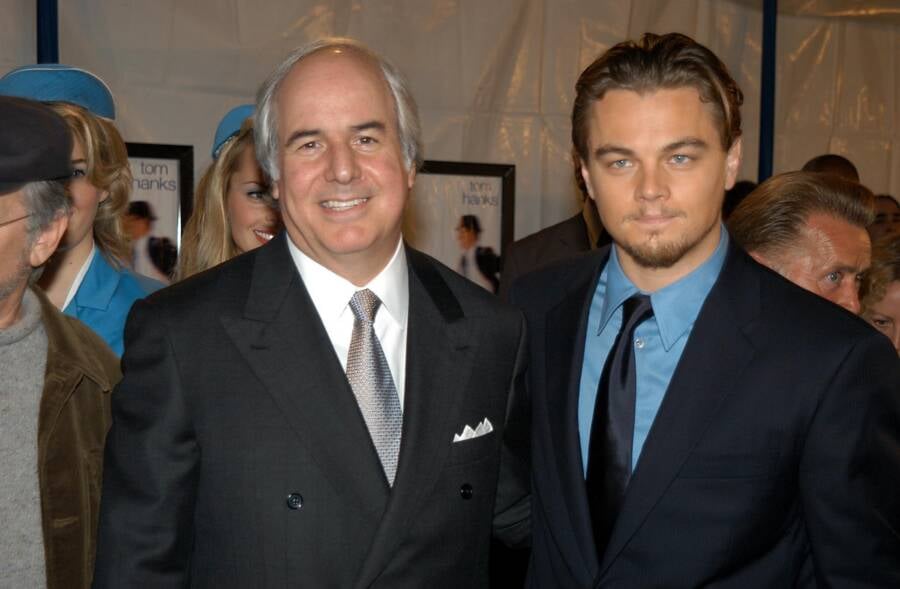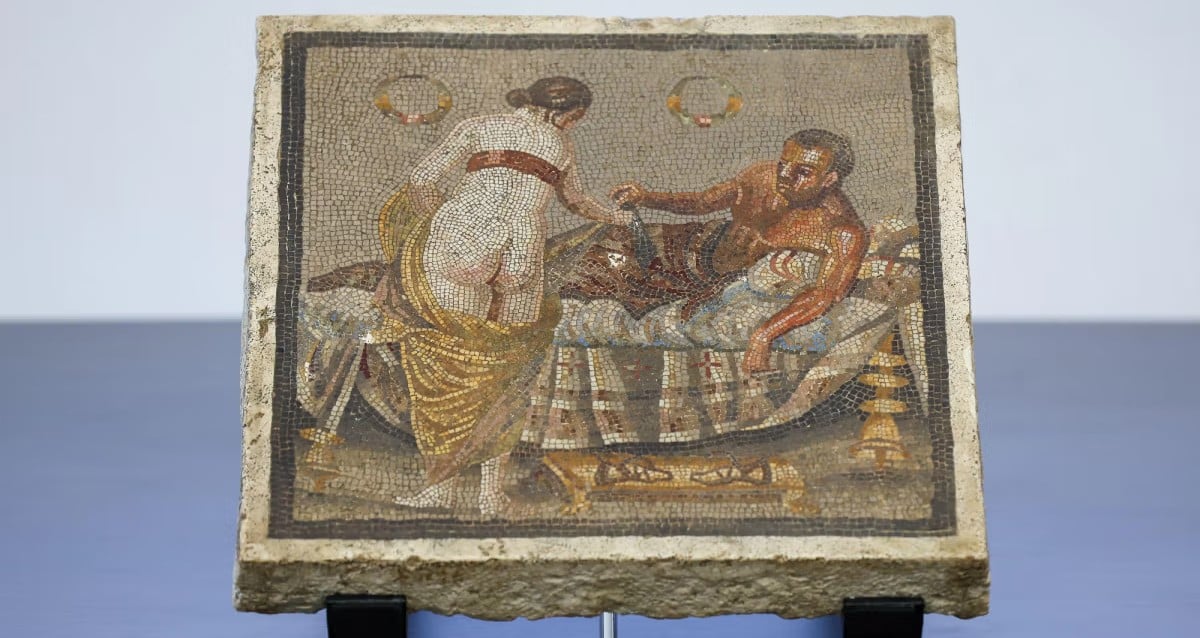Unveiled: The Shocking Truth Behind the Real-Life Conman Who Inspired ‘Catch Me If You Can’
So, here’s the kicker: Catch Me If You Can — that cinematic whirlwind starring Leonardo DiCaprio as the slick, jet-setting conman Frank Abagnale Jr. — has long been sold as a true story. But imagine finding out that the legend of this high-flying check faker who supposedly scammed millions and danced circles around the FBI might just be one big Hollywood-friendly fib. Yeah, turns out all those daring escapades and undercover FBI gigs? There’s barely a shred of proof they actually happened. Frank himself apparently spun a tangled web of tales that only started unraveling decades later when a determined journalist, Alan C. Logan, did some serious digging. So, maybe the real question is: did Hollywood make Frank even more of a magician than he ever really was… or was the whole thing just a con of legendary proportions? Buckle up, because the truth behind the myth is just as fascinating — and far funnier — than the movie. LEARN MORE.
The 2002 film Catch Me If You Can tells the supposedly true story of Frank Abagnale Jr., but though this conman did pretend to be a pilot and cash bad checks throughout the 1960s and ’70s, there’s no real evidence that he ever worked for the FBI or scammed his victims out of $2.5 million.

Jeff Kravitz/FilmMagic, Inc./Getty ImagesFrank Abagnale Jr. and Leonardo DiCaprio at the premiere of Catch Me If You Can in 2002. Recent evidence about the true story behind Catch Me If You Can suggests that Abagnale fabricated large portions of his memoir.
The 2002 film Catch Me If You Can follows Frank Abagnale Jr. as he poses as a pilot, doctor, and lawyer, makes millions off of fake checks, spends years running from the FBI, and then agrees to work undercover for the agency. The character is based on an actual conman who cashed bad checks throughout the 1960s and ’70s, but the true story behind Catch Me If You Can wasn’t quite so dramatic as depicted onscreen.
The movie is based on a memoir of the same name published by the real-life Abagnale in 1980, so in theory, it should be accurate. However, even before producers changed parts of the story to make it more thrilling for audiences, the source material had been highly exaggerated.













